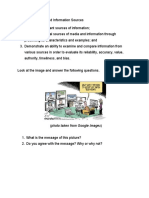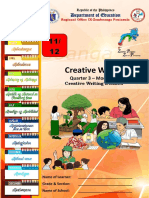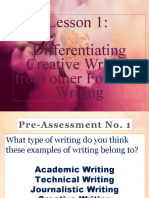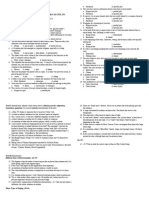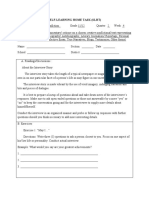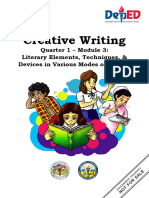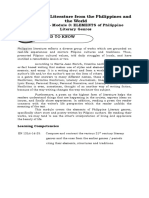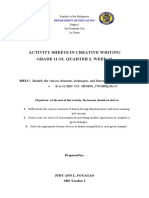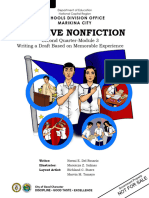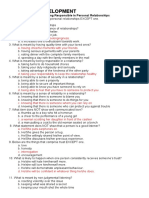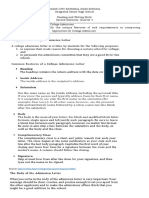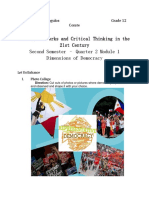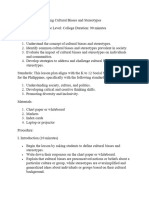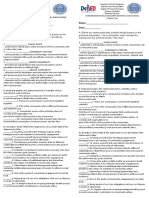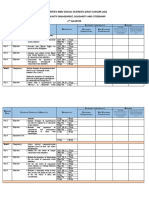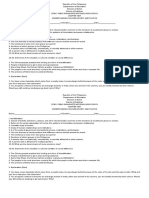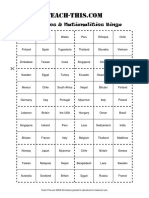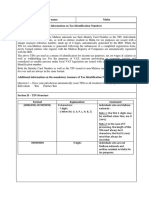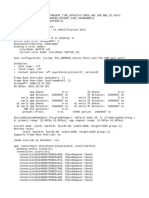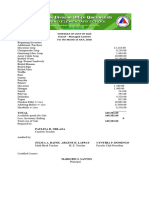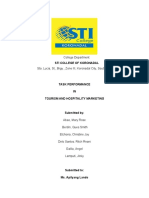0% found this document useful (0 votes)
454 views12 pagesSHS CW Q2 Module1 WK2
This lesson discusses the technique of intertextuality in drama, which involves one text influencing another through direct borrowing or more indirect means. It provides examples of intertextuality in works like Pan's Labyrinth and defines common forms of intertextuality such as allusions, references, and adaptations found in literature, television, and other media.
Uploaded by
Ma rosario JaictinCopyright
© © All Rights Reserved
We take content rights seriously. If you suspect this is your content, claim it here.
Available Formats
Download as DOCX, PDF, TXT or read online on Scribd
0% found this document useful (0 votes)
454 views12 pagesSHS CW Q2 Module1 WK2
This lesson discusses the technique of intertextuality in drama, which involves one text influencing another through direct borrowing or more indirect means. It provides examples of intertextuality in works like Pan's Labyrinth and defines common forms of intertextuality such as allusions, references, and adaptations found in literature, television, and other media.
Uploaded by
Ma rosario JaictinCopyright
© © All Rights Reserved
We take content rights seriously. If you suspect this is your content, claim it here.
Available Formats
Download as DOCX, PDF, TXT or read online on Scribd
/ 12








